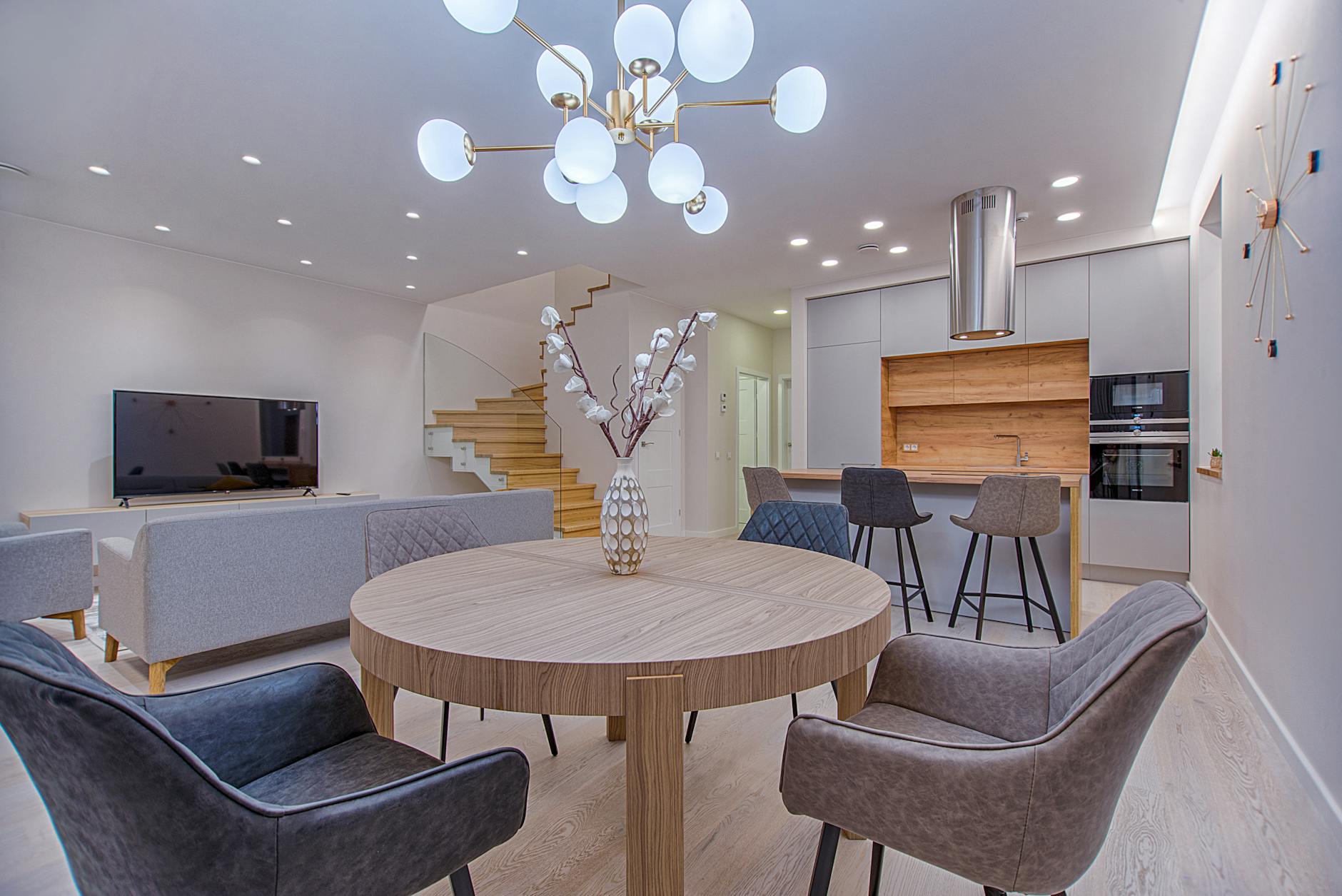SmartAsset recently looked at the salary needed to “live comfortably” in American metro areas. The numbers are pretty high:

Key Findings
- On average, an individual needs $96,500 for sustainable comfort in a major U.S. city. This includes being able to pay off debt and invest for the future. It’s even more expensive for families, who need to make an average combined income of about $235,000 to support two adults and two children without the pressure of living paycheck to paycheck.
- A family must make over $300k to raise two kids comfortably in six cities. Two working adults need to make a particularly high combined income in San Francisco ($339,123); San Jose ($334,547); Boston ($319,738); Arlington, VA ($318,573); New York City ($318,406); and Oakland, CA ($316,243) to raise two children with enough money for needs, wants and savings.
- It takes the most money to live comfortably as a single person in New York City. This breaks down to $66.62 in hourly wages, or an annual salary of $138,570. To cover necessities as a single person in New York City, you’ll need an estimated $70,000 in wages.
Here are the budget calculations:
SmartAsset used MIT Living Wage Calculator data to gather the basic cost of living for an individual with no children and for two working adults with two children. Data includes cost of necessities including housing, food, transportation and income taxes. It was last updated to reflect the most recent data available on Feb. 14, 2024.
Applying these costs to the 50/30/20 budget for 99 of the largest U.S. cities, MIT’s living wage is assumed to cover needs (i.e. 50% of one’s budget). From there the total wage was extrapolated for individuals and families to spend 30% of the total on wants and 20% on savings or debt payments.
I would be interested to see how this compares with how different people or groups over time have defined the American middle class. Is it a particular income band or an ability to have certain kinds of experiences? Do Americans in the middle class interpret their own lives as living comfortable?
Since most residents in cities do not have the salaries listed above, one conclusion is that many people are not able to live comfortably. Do these numbers mean that people below these salary points are living paycheck to paycheck (or think they are)?
This could lead to helpful discussions of social class, pay, and conditions in American cities. If Americans should be able to live on a 50/30/20 budget, what could be changed to help people achieve this?




